End of the Beach Nesting Bird Season
A final report from our seasonal beach nesting bird steward at Stone Harbor Point
by Christopher Haxter, Seasonal Steward
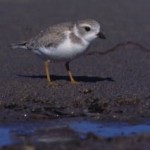
Well as summer’s end slowly draws near, the beach nesting bird season has wrapped up on Stone Harbor Point. All of the Piping Plover and American Oystercatcher chicks have fledged (i.e. reached the stage where they can fly). In the past, this has often been a very depressing time. Stone Harbor Point has a bad history of flooding, and many of the nests and chicks were destroyed; some years we only had a couple of chicks fledge. This year, however, there is good news! A total of 13 Piping Plover chicks and 10 Oystercatcher chicks have fledged, from 9 and 21 breeding pairs, respectively! I owe this very successful year to the weather cooperating during the high spring tides; flooding was not a big issue this summer. I also owe my thanks to the public for respecting the rules and staying out of the fenced areas, giving these beach nesting birds the room to successfully fledge their chicks.
This breeding season sure has had its ups and downs. One low point that comes to mind is finding Oystercatcher nest after nest washed away from a high tide the night before (most of them luckily renested). One of the greatest feelings is finding a chick on its fledge date, knowing that it now has a much greater chance of survival. We also had a Least Tern colony on Stone Harbor Point that fledged a good amount of chicks.
Our focus now has shifted to migration. Thousands of migratory shorebirds are now congregating on Stone Harbor Point. Most are on their way south from breeding up north in Canada and the Arctic. Oystercatchers and Piping Plovers are also preparing to head south for the winter. They are currently gathering in huge roosting flocks before their departure. This gives us ample opportunity for band resighting and to conduct surveys, estimating the population sizes of these shorebirds.
Since the season is just about over it means my job (as Seasonal Steward) is just about over. Words can’t describe how much I love this job and what I have learned over the last four months. The Conserve Wildlife Foundation of NJ is truly making the difference for wildlife all over the state, and I’m glad I got to be a part of it!
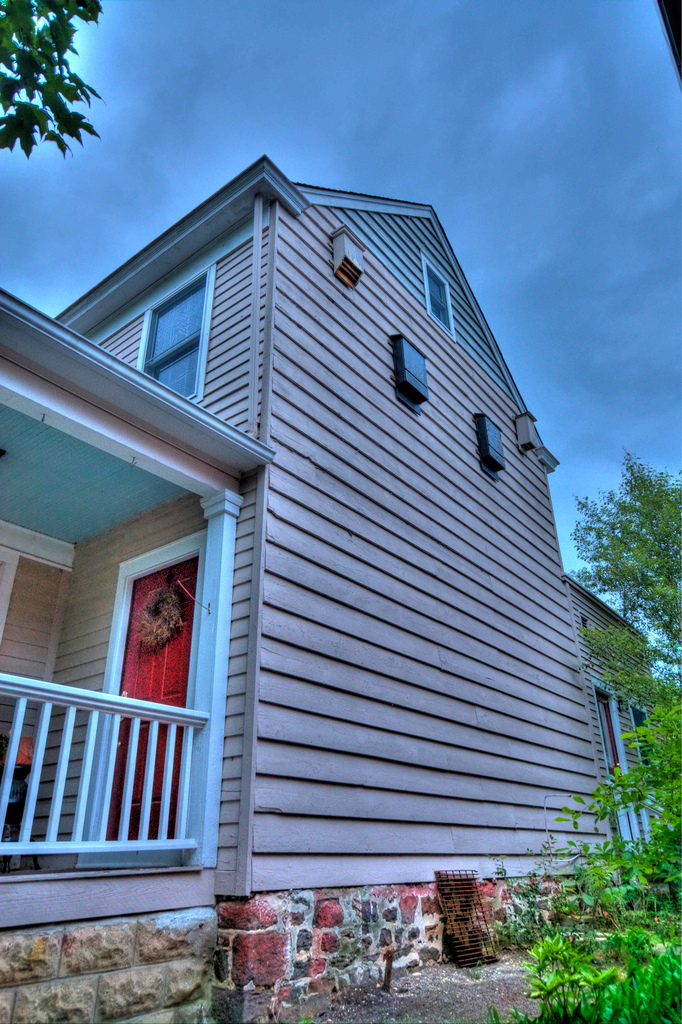


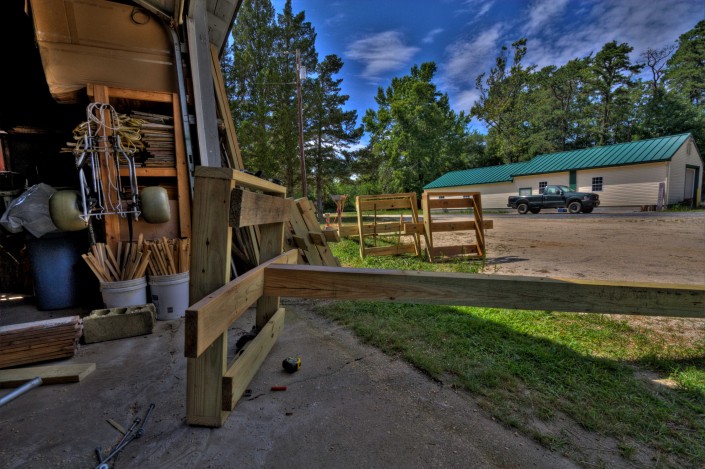

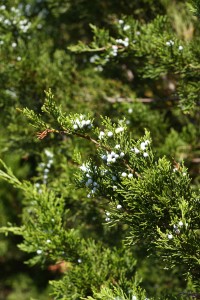
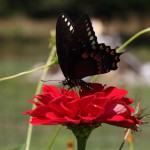
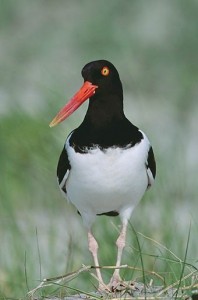
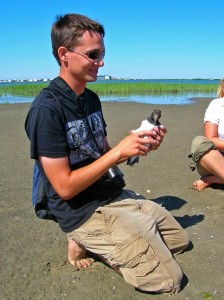

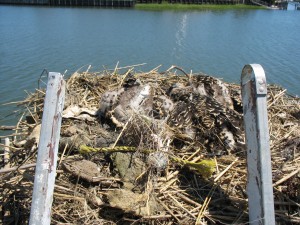
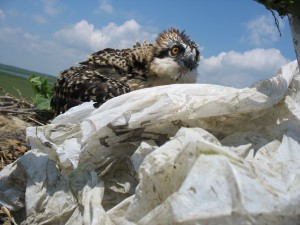
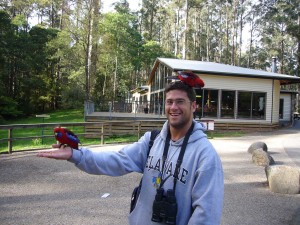 My name is Skyler Streich. I am an avid birder with excellent identification skills of eastern bird species of the United States. I have been birdwatching intensely for 5 years and since then have accumulated quite a knowledge and understanding of birds, their habitats and behavior. My background is a BS in Geology with a concentration in Paleontology. I got into birds when I was studying abroad in Costa Rica and one day on my campus in San Jose I saw a hummingbird fly to a flower to drink the nectar. Since then I became hooked and fascinated with birds. I have had positions with the Delaware Division of Fish and Wildlife as a Piping Plover Monitor, The Nature Conservancy as a Seasonal Field Biologist working with the endangered Black-capped Vireo, and a Natural Educator for both Island Beach State Park and Cattus Island Park, NJ. I have also conducted numerous bird surveys for The Audubon Society of Rhode Island, International Shorebird Surveys and CBC counts. Nationally I have birded all through the eastern states as well as through southern Florida, Texas, southeast Arizona, western Washington, here and there throughout the interior states and Hawaii. Internationally I have birded in Costa Rica, Panama, Australia, Trinidad and Tobago, Nova Scotia and PEI, British Columbia, England, France, Spain and Portugal and Tanzania. For my position with Conserve Wildlife Foundation of NJ as a Barnegat Bay Birder-in-Residence I will be conducting morning bird walks and kayak birding tours at Island Beach State Park, NJ. I will also be a roving interpreter at IBSP and helping out with research with the marsh and beach-nesting birds in NJ.
My name is Skyler Streich. I am an avid birder with excellent identification skills of eastern bird species of the United States. I have been birdwatching intensely for 5 years and since then have accumulated quite a knowledge and understanding of birds, their habitats and behavior. My background is a BS in Geology with a concentration in Paleontology. I got into birds when I was studying abroad in Costa Rica and one day on my campus in San Jose I saw a hummingbird fly to a flower to drink the nectar. Since then I became hooked and fascinated with birds. I have had positions with the Delaware Division of Fish and Wildlife as a Piping Plover Monitor, The Nature Conservancy as a Seasonal Field Biologist working with the endangered Black-capped Vireo, and a Natural Educator for both Island Beach State Park and Cattus Island Park, NJ. I have also conducted numerous bird surveys for The Audubon Society of Rhode Island, International Shorebird Surveys and CBC counts. Nationally I have birded all through the eastern states as well as through southern Florida, Texas, southeast Arizona, western Washington, here and there throughout the interior states and Hawaii. Internationally I have birded in Costa Rica, Panama, Australia, Trinidad and Tobago, Nova Scotia and PEI, British Columbia, England, France, Spain and Portugal and Tanzania. For my position with Conserve Wildlife Foundation of NJ as a Barnegat Bay Birder-in-Residence I will be conducting morning bird walks and kayak birding tours at Island Beach State Park, NJ. I will also be a roving interpreter at IBSP and helping out with research with the marsh and beach-nesting birds in NJ.